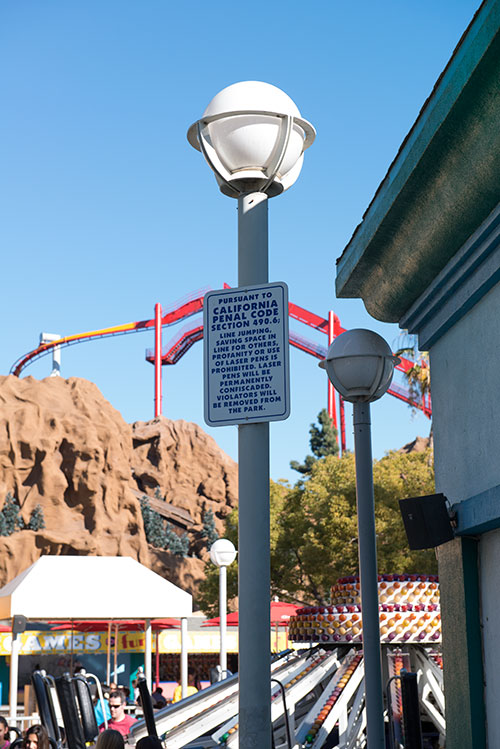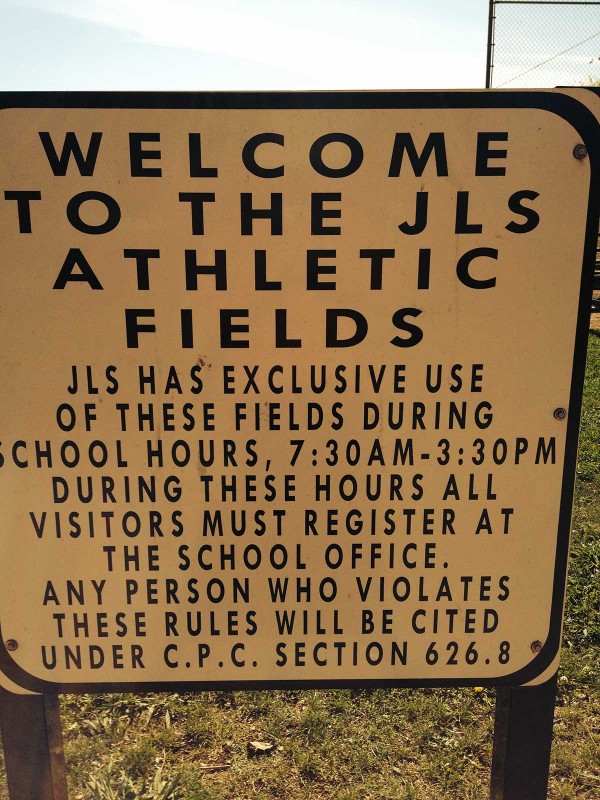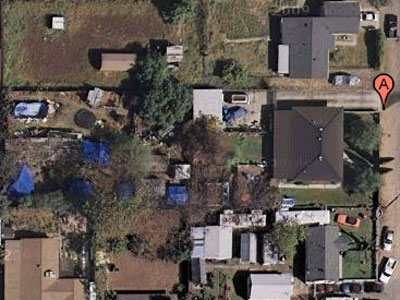
PURSUANT TO CALIFORNIA PENAL CODE SECTION 490.6; LINE JUMPING, SAVING SPACE IN LINE FOR OTHERS, PROFANITY OR USE OF LASER PENS IS PROHIBITED. LASER PENS WILL BE PERMANENTLY CONFISCADED [sic]. VIOLATORS WILL BE REMOVED FROM THE PARK.
During a recent trip to Knott’s Berry Farm, I saw the above sign citing California Penal Code Section 490.6. I was intrigued and had to look up the statute. Was the law specific to amusement parks? Did it regulate line jumping or laser pens? I had to find out.
Interestingly, California Penal Code Section 490.6 is in Part 1, Of Crimes and Punishments, Title 13, Of Crimes Against Property, Chapter 5, Larceny, of the California Penal Code. Now, what does line jumping and saving space in line for others have to do with larceny? Not much.
As it turns out, Penal Code Section 490.6 deals with the right of an amusement park to detain a guest for violating a lawful amusement park rule. Paragraph (a) requires an amusement park employee to have probable cause to believe that a lawful amusement park rule was violated in order to detain a person for a reasonable time.
A person employed by an amusement park may detain a person for a reasonable time for the purpose of conducting an investigation in a reasonable manner whenever the person employed by the amusement park has probable cause to believe the person to be detained is violating lawful amusement park rules.
Paragraph (b) permits an amusement park employee to request that a guest comply with lawful amusement park rules or leave the premises. Refusal to leave the premises or comply with lawful amusement park rules is a misdemeanor under California Penal Code Section 602.1 for intentionally interfering with a lawful business.
If any person admitted to an amusement park refuses or fails to follow lawful amusement park rules, after being so informed, then an amusement park employee may request that the person either comply or leave the premises. If the person refuses to leave the premises or comply with lawful park rules, then the person shall be deemed to be intentionally interfering with and obstructing those attempting to carry on a lawful business within the meaning of Section 602.1.
Finally, paragraph (c) provides a defense to the amusement park in the event it is sued in civil court for false imprisonment. So long as the amusement park employee had probable cause to believe that a guest was not following lawful amusement park rules and the employee was acting reasonably under the circumstances, the amusement park may claim this as a defense.
In any civil action brought by any person resulting from a detention or an arrest by a person employed by an amusement park, it shall be a defense to that action that the amusement park employee detaining or arresting the person had probable cause to believe that the person was not following lawful amusement park rules and that the amusement park employee acted reasonably under all the circumstances.


